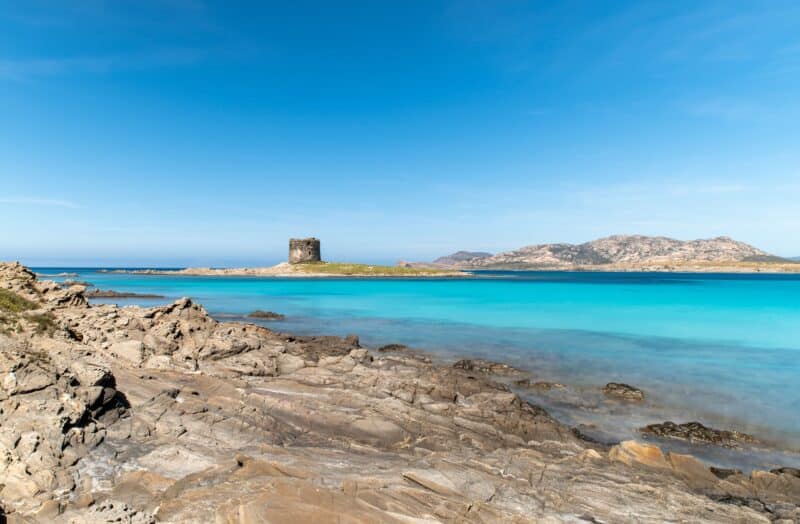If you’ve ever heard about Sardinia, you probably know Costa Smeralda, Alghero, Gallura and Cagliari: but this island discloses treasures to the most curious travelers.
People who love to explore the inland and visit the lesser known destinations will have a wonderful experience in Sardinia.
Trust me, the hidden gems of this island will amaze you. I wrote this guide focused on North West Coast, a place surrounded by white sandy beaches and scented juniper trees. But it is also worth a visit the Gallura and the northeast coast of the island, famous for its sparkling life between the sea and the elegant squares in the inland “borghi”. The jagged coastline opens onto the turquoise sea of the Costa Smeralda and the small creeks that hide stretches of sandy beaches.
The Costa Smeralda and the surrounding area are a unique paradise that looks over to the Archipelago of La Maddalena, a natural treasure with little unspoiled islands like Spargi, Cala Corsara, and Budelli with its pink beach. At Palau, in front of the Archipelago of La Maddalena you will notice an imposing custodian, the bear-shaped rock that has dominated the bay for centuries together with the Roccia della Tartaruga, situated in Cala Ghjlgolu. By visiting the island of Caprera you do not only take a wonderful boat trip over a clear sea water, but also visit the home of Giuseppe Garibaldi, the Italian patriot and soldier of the Risorgimento italiano.

But let’s find out where to go and what to do in the North West coast of Sardinia.
La Pelosa beach at Stintino
The crystal clear waters of the sea are definitely the top reason for visiting this area of the island; La Pelosa beach is located at 2 kilometers away from the village of Stintino and is one of my favorite beaches here.
I recommend going there in June or September because is usually crowded in the rest of the summer. The name of the beach derives from the paglia marina (seaweed) settled here; the symbol of the beach is the ancient watchtower Pelosa, built for defensive purposes, now is a evidence of the Aragonese influence on Sardinian history.
The historical region of Aragon is located in the north of Spain. From the beach you can enjoy the panoramic view of Asinara Island, the third biggest Sardinian island.

Castelsardo, picturesque town
When I’m on holiday, I like to go sightseeing and discover the local history of a town, so Castelsardo was a very good choice.
This small town was inhabited since Nuragic times and preserved its historic center almost unaltered from the Middle Age. Castelsardo is located in Anglona area, enclosed by granitic rocks and exposed to the wind; due to its position, from here it’s possible to see the coast of Corsica.
The main sight in Castelsardo is Doria castle, built in XII century, now houses the Museum of Mediterranean Weaving (Museo dell’Intreccio del Mediterraneo), an important handicraft tradition passed on over the centuries.
Inside the museum there are fishing nets, grain storage vessels and other woven products. The opening hours vary throughout the seasons, the official website is a useful resource to plan a visit and learn more about this rich Sardinian tradition.

Valledoria, ideal starting point for sailing experience
Valledoria is a town very close to Castelsardo, so it’s easy to plan a 1-day itinerary to explore both destinations.
This is a recommended spot for water sports; in fact I asked information to the local association Playa Sardinia, a sailing center that protects the environment and offers sailing lessons on dinghies, a very funny experience that I suggest to everyone!
One of the courses available is the sailing weekend: two days to learn the basics, follow the route from Valledoria to Castelsardo and enjoy this wonderful sea all the year round.
At the end of the holiday, I thought to come back in Sardinia as soon as possible, to visit other small towns and continue the discovery of Northern area.



